-
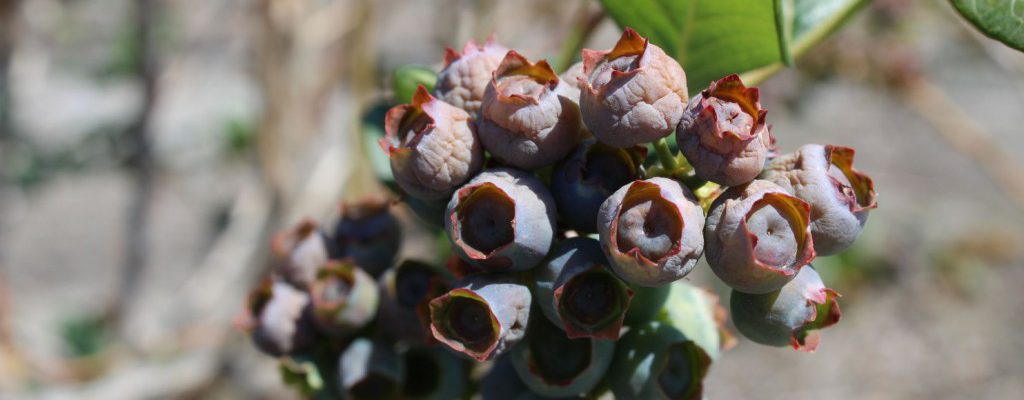
According to The Packer, “U.S. Agriculture Secretary Sonny Perdue has signed a declaration of disaster for areas in Georgia and Florida for crops affected by a mid-March freeze. The declaration enables growers in affected counties to apply for low-interest loans to help them recover from crop losses.” Many areas of Georgia lost 75% or more…
-

A new Michigan State University study looks at the impacts of living on a mobile home on tornado safety. Of all of the tornado-related deaths that have occurred so far this year, 63% were in mobile homes. And the South is prime territory for mobile home residence, due to a combination of zoning and poverty…
-

The latest blog post from Steve Hilberg of CoCoRaHS discusses the heavy rain that has fallen in the Midwest, hindering farmers there who are trying to plant their summer crops as well as causing damage to infrastructure around the area. You can read it at https://cocorahs.blogspot.com/2017/05/april-showers-bring-some-flowers-and.html.
-
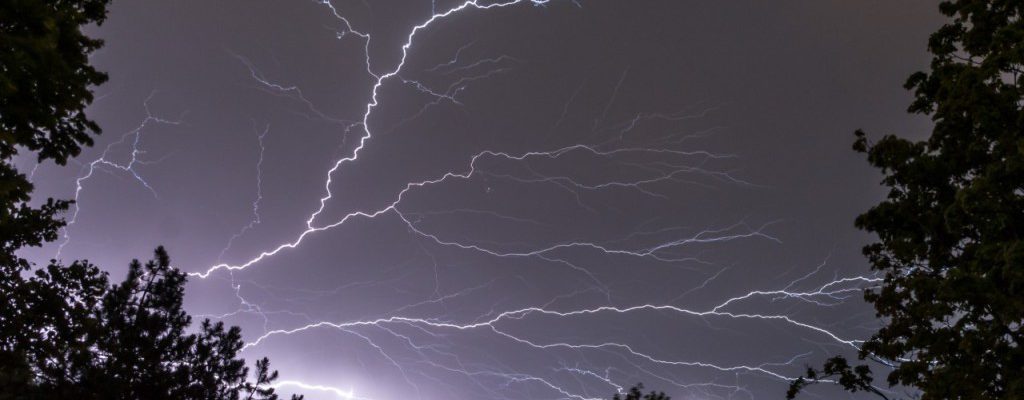
The University of Wisconsin Department of Atmospheric and Oceanic Sciences just posted their latest photo contest results at https://www.ssec.wisc.edu/news/articles/9998. Take a look at all of the great weather photos from this year’s competition.
Posted in: Interesting weather images -
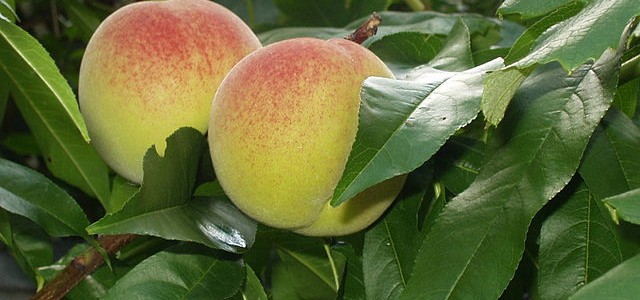
An article in Growing Produce this week quoted a USDA researcher speaking to WMAZ-TV of Macon on the peach harvest this year. The scientist, Tom Beakman, from the USDA Southeastern Fruit and Nut Tree Research Laboratory in Byron GA, said ‘We have never been so short (on chill hours). Hardly any of the commercial material that’s out…
-
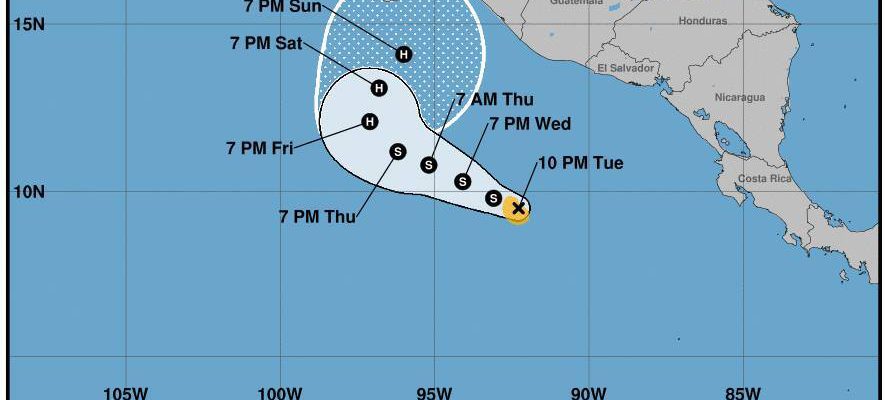
Dr. Jeff Masters of Weather Underground noted earlier this week that “the Eastern Pacific hurricane season, which officially begins on May 15, could get off to a record early start this year. The earliest a tropical depression has been recorded in the Eastern Pacific since reliable satellite records began in 1970 was on May 12,…
-
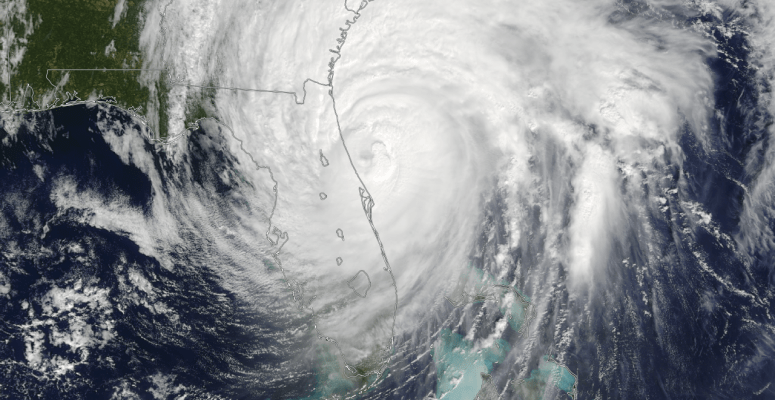
As we approach the next Atlantic tropical season, it’s interesting to read about hurricane research and what it might tell us about how hurricanes behave. It helps explain why Hurricane Matthew stayed just off the coast and did not intensify as much as was feared along Florida’s East Coast. A story from the University of…